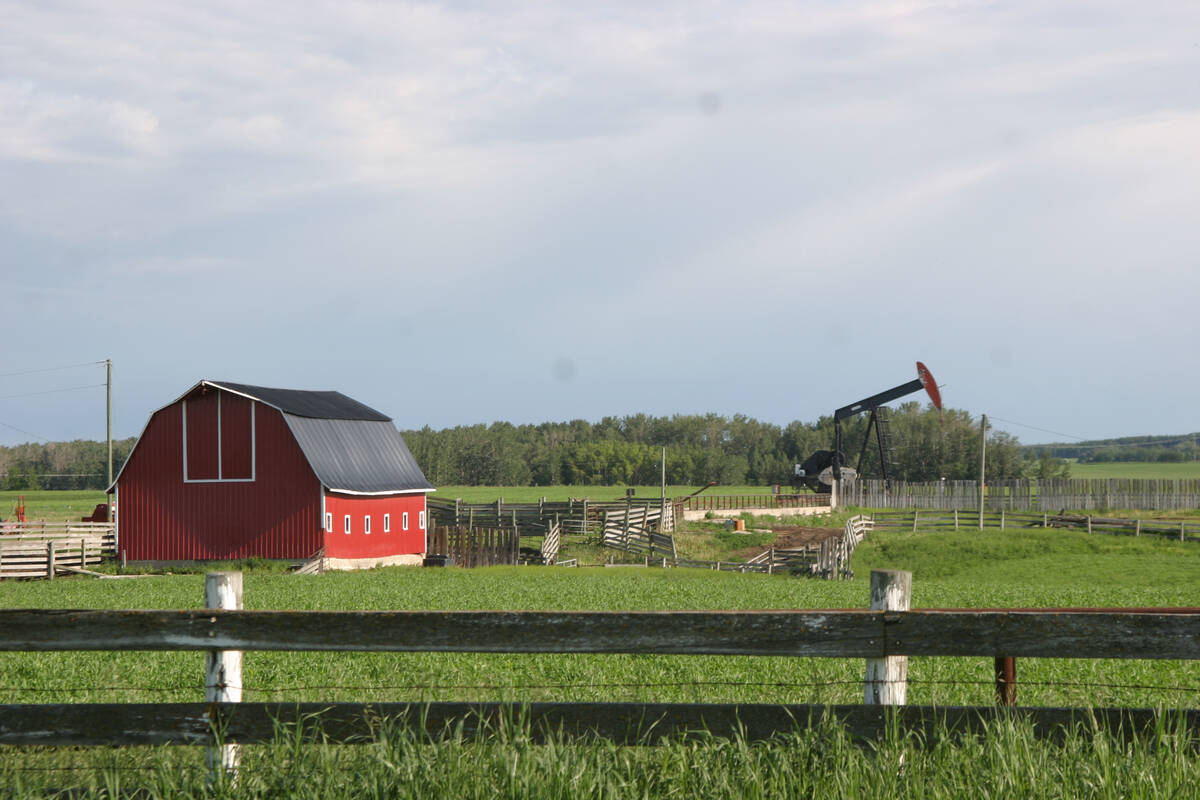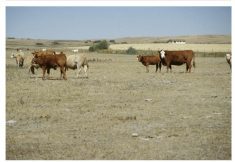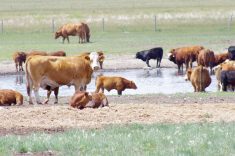Think the 2022 crop was the most expensive ever put into the ground? This year might give it a run for its money.
The good news, such as it is, is that input costs are no longer shooting up as fast as they did last year.
“For 2023 we’re expecting an increase (in fertilizer prices) but at more moderate, low single digits,” said Desmond Sobool, principal economist with Farm Credit Canada.
Read Also

Recommendations in the mature assets strategy could cause potential problems for landholders
The Western Stock Growers’ Association urges producers to pay attention to the potential changes to Alberta’s Mature Assets Strategy.
“When we look at overall crop expenses for the Prairies, we’re forecasting it to be about five per cent higher for a canola-wheat rotation while in Eastern Canada we’re seeing a total crop input expense increase of about 13 per cent for a corn and soybean rotation.
“So, it’s fair to say 2023 will now be the new most expensive crop put in the ground.”
Still, it’s setting up to be a good year on the revenue side for grains, oilseeds and pulses, Sobool said during an FCC economic outlook webinar in late January.
“Despite all the volatility in 2022, (commodity) prices were high and (producers) were able to get good returns on their product. For 2023 we’re expecting volatility will continue but we won’t see it at the same pace we saw in 2022.”
Russia’s war on Ukraine remains the wild card, with either a recession or an economic slowdown in most forecasts. Though commodity prices are still high, it would be a mistake to take them for granted, said Sobool.
“We’re still seeing a high demand for food – people still need to eat,” he said. “This demand is driven by food security, as well as low global stocks to use. However, if the economic slowdown is more severe or more prolonged than we expect, that will definitely have a drag on commodity prices.”
Sobool is “cautiously optimistic” for the coming year.
“Overall 2023 is going to be a strong year. We’re seeing really strong revenues and that’s something good for the ag sector and crop production.”
But keep watch on Brazil and Argentina, which last year accounted for 57 per cent of global soybean exports and nearly half of corn exports (but just five per cent of wheat sales).
“These two countries and South America in general can have a huge impact on commodity prices globally,” he said.
Argentina has been hit by its worst drought in 40 years but Brazil looks set for a strong year.
“Overall it’s a bit ambiguous what’s going to happen in South America but it’s definitely something you want to keep your eye on.”
There are also reasons for optimism in the beef sector, said Sobool.
Perhaps the biggest is that people remain willing to buy it in spite of inflation and recession prospects.
“In theory, in an economic slowdown, you would see people consuming less beef. But our (data) actually shows that beef – given the high cost of other protein sources – is actually an affordable option. There’s still going to be strong demand for beef despite the economic slowdown.”
Although 2022 saw strong prices for fed and feeder cattle, high feed costs put substantial pressure on feedlot margins. Those costs showing signs of easing, said Sobool.
“The bottom line is feed prices are going to remain strong for the first half of the year and then they might soften.”
Going by U.S. futures, strong prices for fed and feeder cattle are likely to stick around.
“This is going to be good news for feedlots and a higher return of profitability in 2023,” he said.
Drought past and present continues to be the elephant in the room for beef sectors in Canada and the U.S.
“Right now a third of the U.S. is facing a moderate to severe drought,” said Sobool. “If you focus in on the Southern Plains region, which includes the Texas heartland, the drought conditions are what they call severe to extreme. More heifers and cows are being slaughtered due to lack of feed and water.”
The drought of 2021 on the Canadian Prairies continues to take a toll, he added.
“In 2022 the number of heifers sent to slaughter as a percentage of total heifers reached an eight-year high. We’re projecting for 2023 that this level is going to increase and at a level we haven’t seen in over a decade.
“So to make a long story short, there’s going to be a struggle to build herds again in both Canada and the U.S. As producers start to keep more heifers, we’re going to start to see that cut into cattle available for feedlots and for slaughter.”
















